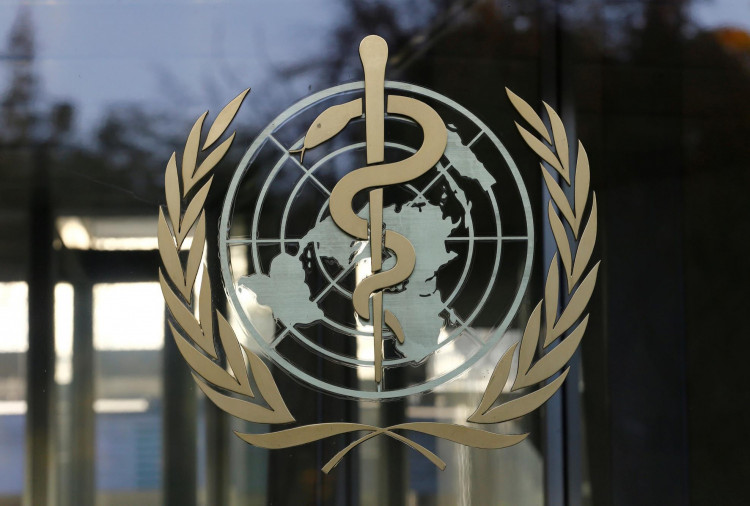Scientists have a reason to believe that the SARS-COV-2, the virus that causes COVID-19, came from animals and that it somehow found a human host, and the rest is history. That's it. We know that COVID-19 is zoonotic, but there's still a lot of questions surrounding the source of the virus.
Due to huge data gaps, COVID-19 has become a subject of debate and conspiracy theories. It is for this reason that the World Health Organization and other health organizations continue to conduct research in order to uncover the pandemic's origins. That being said, here a few questions that need answers.
Do we need to screen domesticated animals and can it provide clues to the virus' origin?
Decades back, AIDS researchers were shocked upon finding out that pet monkeys carry a simian immunodeficiency virus that is closely linked to HIV-2, a less common variant that also infects people.
In the same vein, bat coronavirus researcher Shi Zheng-Li and her team did a study of both feral and domesticated cats in Wuhan and found antibodies of SARS-COV-2 in 15% of the 141 samples tested. Before the outbreak, no antibodies were found in samples taken.
Is it possible the first coronavirus case didn't actually happen in December, the month of the first confirmed case?
A report from the South China Morning Post claims that a certain "government data" puts Nov. 17 as the date of the first COVID-19 case in Hubei. In the same month, the article notes that eight other cases occurred. Hubei's capital is Wuhan, but the records reportedly did not specify where the infected people were from.
Can a widespread screening in bats and other wild animals be performed?
As bats are the purported carriers of the coronavirus strain that caused the COVID-19 pandemic, this question is valid. But how can it be performed?
Fecal samplings are the key to discovering traces of certain viruses, like the Nipah virus in 1998, which was found in flying bats by sampling their urine and feces, as well as from partially eaten fruit. The sampling chimpanzee feces also paved the way for the understanding of the beginning of the HIV-1 epidemic.
It's possible that it would be decades before this case is cracked -- it's essentially a classic case of history repeating itself. The source of the Ebola virus nearly five decades after its discovery hasn't been unequivocally identified by researchers.
It is important, however, to regularly uncover new data. The WHO's efforts to continue probing the origin of the virus is well commended. At the very least, we're moving to accelerate what has been needing answers.






